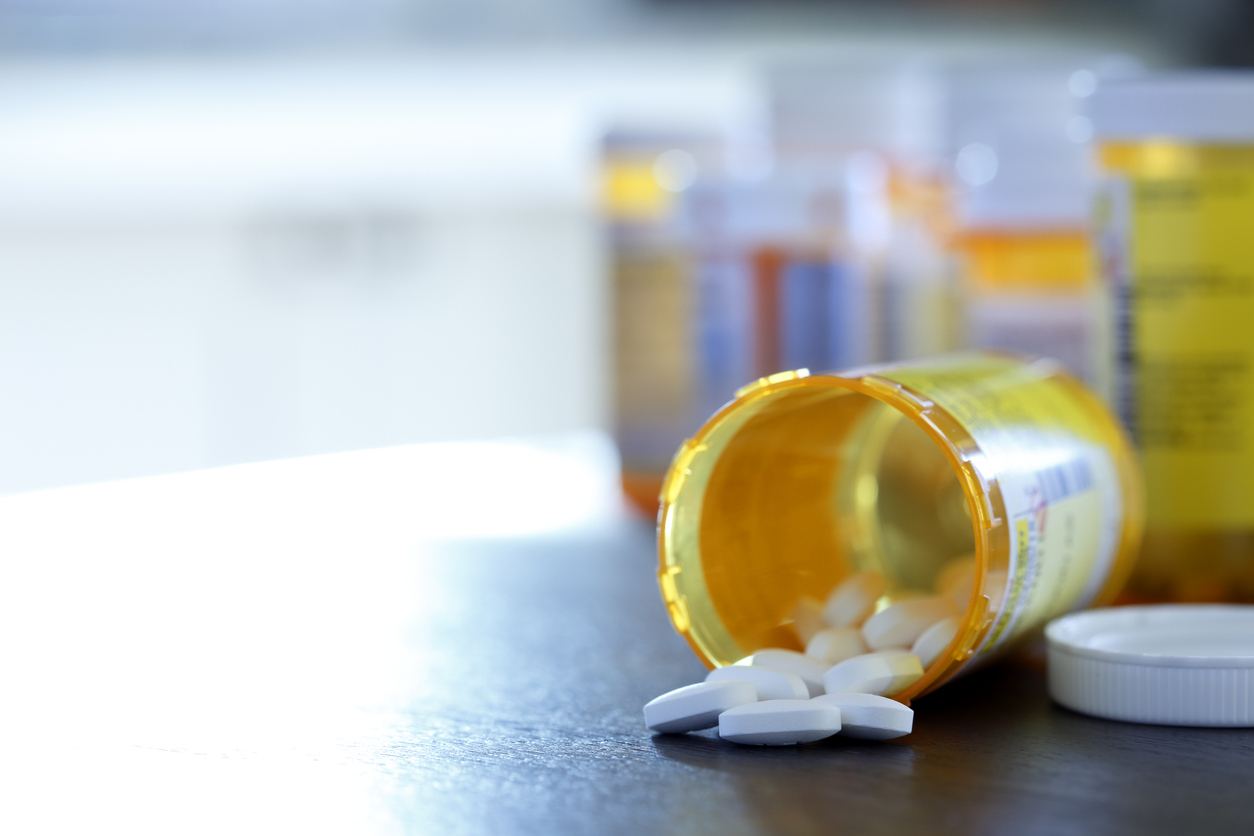The list price would be included if it is equal to or greater than $35 for a month’s supply or the usual course of therapy. The U.S. Department of Health and Human Services (HHS) said that the 10 most commonly advertised drugs have list prices ranging from $488 to $16,938 per month or usual course of therapy.
“The vast majority of Americans struggling to afford their drugs are put in that position because they are paying based on high list prices,” HHS Secretary Alex Azar said in a press briefing.
Azar said that the TV advertising requirement would work to drive down list prices alongside a recently proposed rule aimed at requiring that drug rebates, or discounts, be passed on to Medicare patients when they buy the drugs.
The advertising rule, which was finalized on Wednesday, will take effect in about 60 days. It was originally suggested as part of President Donald Trump’s “blueprint” to lower U.S. drug prices last May.
Health and Human Services said that enforcement of the rule would be done by competitors, who can sue under the Lanham Act, a 1946 U.S. law that prohibits false advertising. Those suits would accuse drugmakers of false advertising if they do not include the information, because they would be implicitly suggesting that their product costs less than $35 a month.
Azar said the agency settled on the $35 a month benchmark because that is a common copayment paid by patients filling their monthly prescriptions.
Most drug companies have argued against the proposed rule, saying list prices do not reflect the final amount paid by patients as it excludes rebates and discounts drugmakers may offer.
But Johnson & Johnson has already started including the list price - as well as potential out of pocket costs - in some of its ads.
Under the new rule, the ads can include language saying that if patients have health insurance that covers drugs, their costs may be different.
The Pharmaceutical Research and Manufacturers of America (PhRMA), the industry’s top U.S. lobbying group, said in October that including the list price in commercials could discourage patients from seeking needed medical care. The group did not immediately comment on the finalized rule.













